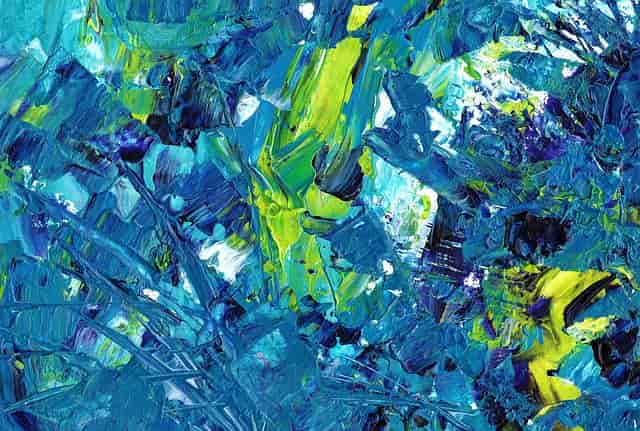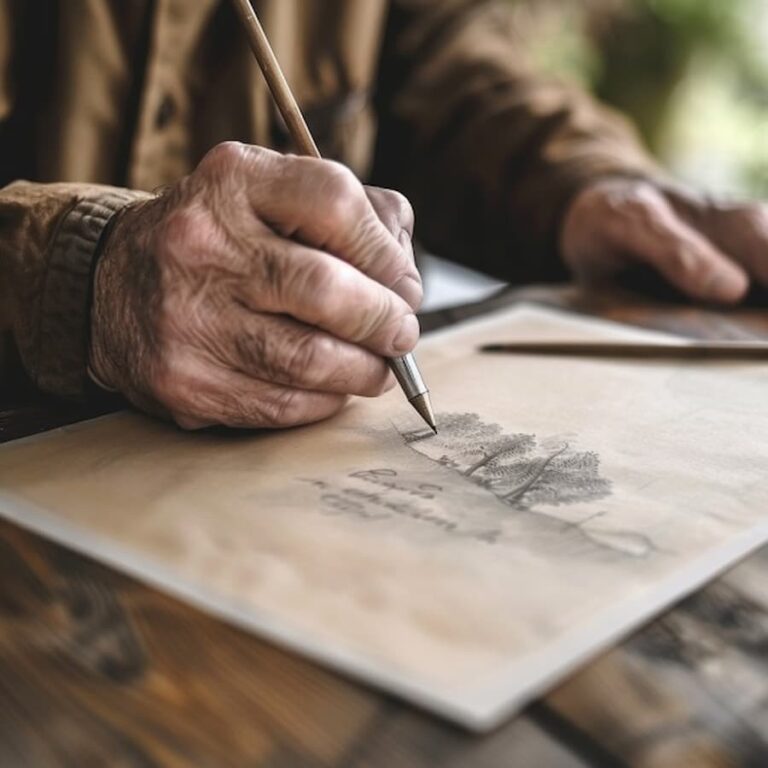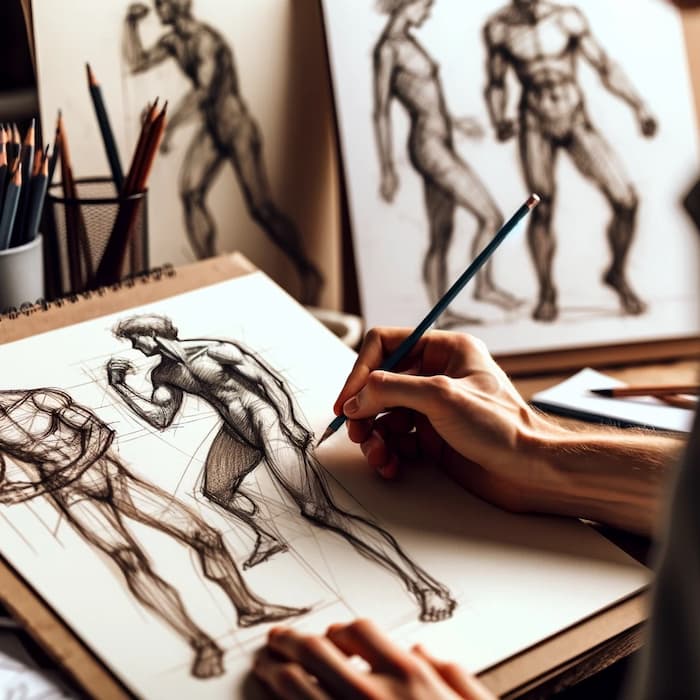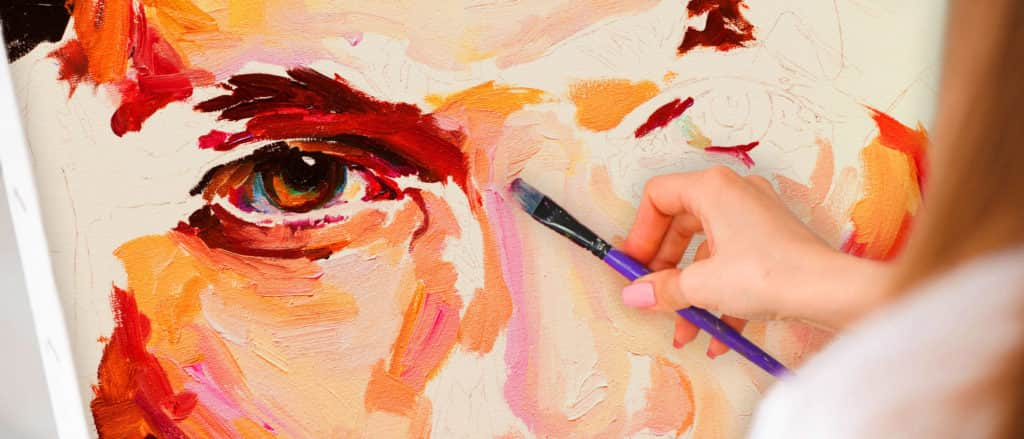Hello, artenauta! Today we are going to talk about the characteristics and peculiarities of one of the types of paint that we study in depth in our Painting Course.
It is a fairly modern type of painting, beginning to be used extensively during the second half of the twentieth century. For this reason, except for the guidance offered by the results of laboratory experiments, it is difficult to know its durability over the centuries, although its composition based on polymers and plastics leads us to believe that its resistance over time will be quite high.
Thanks to the versatility, reliability and freedom that acrylic offers when working, it is not surprising that this material is associated with contemporary painting and pop art, with artists such as Andy Warhol or Jackson Pollock.
Below, we will summarize the characteristics and use of acrylic paint in 10 simple tips. Let’s get started!
- Acrylic paint is composed of synthetic pigments and binders made from acrylic acid.
- We can also find transparent acrylic, either to cover and protect our work, once finished, or to prime a surface and close the pore, before painting.
- It is not the most appropriate technique when starting to carry out more complex works, since the drying time of this paint is quite short, which hinders the possible application of important corrections (in addition to the fact that, once the acrylic paint film dries, it does not allow us to remove it).
- Another reason that makes corrections difficult is that it is a more translucent paint (less covering) than oil paint, for example. Thus, in many cases, it is difficult to cover one color by using another.
- It is ideal for quick jobs, which do not require many corrections or long working times.
- It is a cleaner technique than oil painting. In addition, this material does not give off odors.
- Acrylics are soluble in water and acrylic mediums: the greater the amount of water or medium used, the greater the fluidity of the paint.
- As solvents for acrylic, we can use isopropyl alcohols, acetones or petroleum derivatives such as toluene.
- To increase the drying time of the acrylic we can use drying retarders, which, added to the acrylic paint, allow us greater flexibility and time when working. It is very important to use it in small quantities (never more than 5%, we recommend following the manufacturer’s instructions).
- The utensils that we have used to work with acrylic paint should always be cleaned with soap and water, preventing the paint from drying before cleaning them (once dry, acrylic paint forms a film with great adhesion capacity).
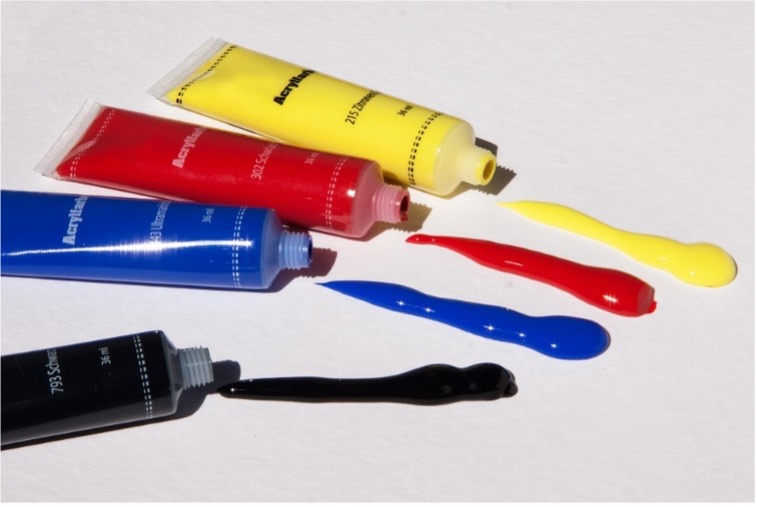
If you want to learn more about the characteristics and way of working with acrylic paint, visit our Painting Course, where you will learn everything you need to become a true artist.

